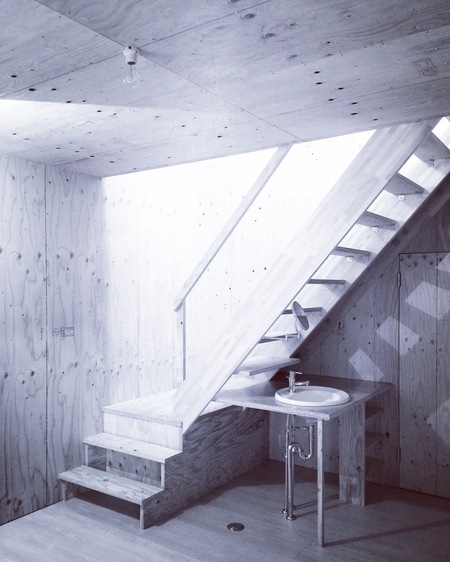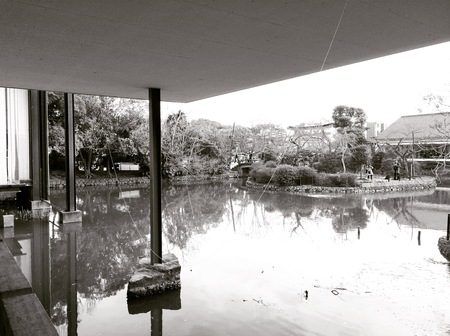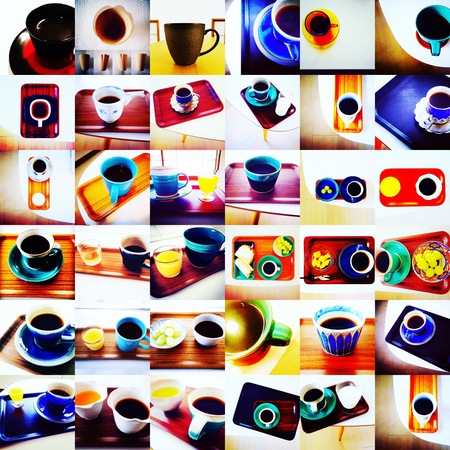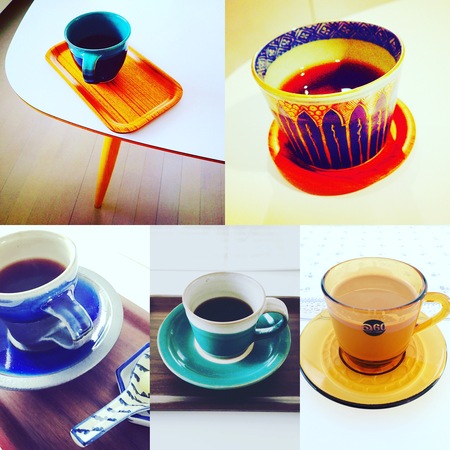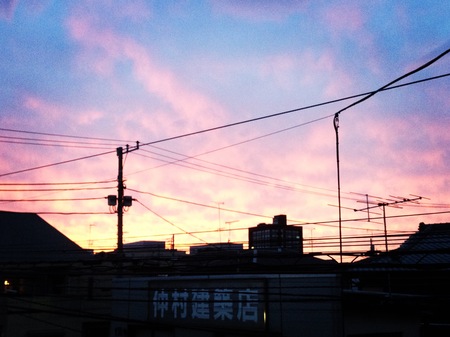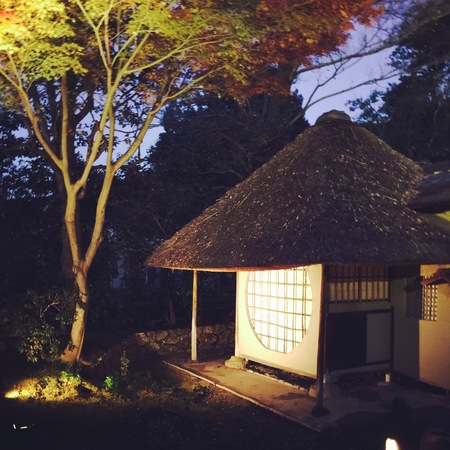追従する建築
建築が気分をコロコロ変えさせるのはあるだろう。
「あるだろう」というのは、建築を主体的に考えた場合、設計者も建築家も建築に携わる全ての人は建築を主体的に扱い、建築を中心にして考えるので、当然、「建築が〜させる」という思考になるので、建築が人の気分を変化させるキッカケになるにはと考えるので。
だから、気分を変化させるために、いろいろな仕掛けやシークエンスなどという歩きながら見える風景が連続的に変わるなどの演出を考えたりする。
だから、建築が気分を変えさせる、となる。
あくまでも建築が主体で、それは建築が持つ存在感の強さとは無関係、強固な建築だろうと、弱い建築だろうと、建築が気分を変えさせる。
建築を主体的に扱うのは、建築に携わる全ての人にとっては当たり前のことだから、主体的で無いと自分たちの職能が成り立たないから、それで良いと思うが、建築の主体性の成り立ち方みたいなものは、まだまだ考える余地があるのではないか。
もっと建築が受け身の状態でも、むしろ、気分によってコロコロ変わる建築、気分が建築を変えさせる、となった方が建築自体が持つ存在感や社会性がより柔軟になり、より建築が持っている人に何らかの影響を与える能力を発揮できるようになるのではないか。
荘子は言う「受け身こそ最高の主体性」と、受け身だけれども、建築が主体の状況に変わりは無い。
受け身とは没個性では無く、むしろ個性的であるから受け身になることができる、個性があり、特徴があるから、流されること無く、受け身でいられる。
だから、コロコロ変わる気分に対して建築はどう対応するのか、これは動かない、動けない建築にとっては最高に難しいことかもしれない、気分が建築を変えさせるにはどうするか。
「気分に追従する建築」言い換えるとこうなるか。
追従という状況には可能性を感じるが。
"Following architecture"
There will be something that makes architecture change the mood.
"There will be" is that when there is a subjective thinking of architecture, as both designers and architects deal with architecture as a subject, everyone involved in architecture will focus on architecture and, of course, Because it is thought that "let's do ~", because it thinks that the architecture is to make people feel better.
So, in order to change the mood, I think about the production such as changing the landscape visible while walking such as various tricks and sequences.
So, the architecture will change the mood, and will be.
It is mainly building, it is independent of the strength of the existence of the building, whether strong construction or weak architecture makes the building change its mood.
Since it is natural for everyone involved in construction to treat the building as subjective, it seems that it is good to have their own functions if it is not subjective, but it seems to be how the building of the building is established There is room for thinking still more things.
Even in the more passive state of construction, rather the building that changes depending on the mood and the mood that makes mood change the building makes the presence and social nature of the building more flexible, more people who have the architecture It will be able to demonstrate the ability to exert some influence on it.
Although Rosoko says "Passive is the best individuality", although it is passive, there is no change in the situation where building is the subject.
Passive is not deceiving personality, rather it is individuality, so it can become passive, there is personality and features, so you can be passive without being shed.
So, how does architecture respond to the mood changing, it may be the most difficult for an immovable architecture that does not move, how do you feel to change the architecture?
"Building that follows the mood" In other words, it becomes like this.
I feel the possibility in the situation of following up.

